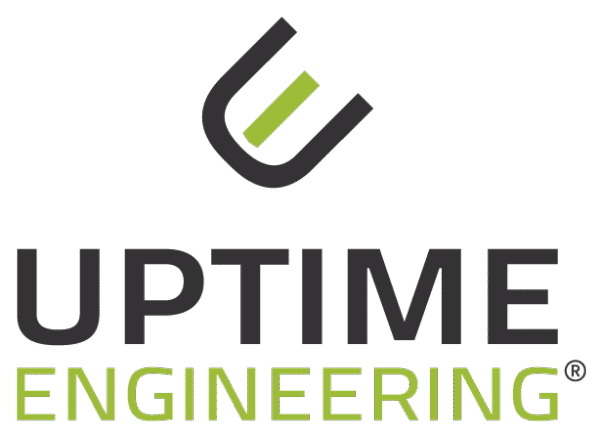
Mechatronic systems are primarily monitored in order to recognise changes from their nominal behaviour over the operational time. Since these changes are an indicator for approaching damage, they are used as triggers for preventative maintenance activities. This is elegant and easily understandable. It can be quickly installed at low cost.
System response models are generally used for system monitoring. These models provide expected values for system response based on load. A simple example would be the power electronics heating curve as a result of a load step. The expected values from the model are compared with the measured data in order to determine any deviation. Such indicators of change in system response are used as triggers for necessary maintenance, and subsequently also for diagnostics and forecasting in state-based maintenance (CBM, PDM). In controlled systems, the indication of deviations is more complicated because input and output are connected by the control algorithm. As soon as this is known (or measured), the system response modelling is carried out as above.
The problem is as follows:
Conventionally, controllers contain integrated learning algorithms that compensate for any change in system behaviour, insofar it is possible and safe to do so. No change in the system response is measurable regarding degradation in this “learning area”. From a functional point of view, this is naturally desired, but the monitoring procedure mentioned above no longer functions. There is no decision-making basis for preventative maintenance. A simple example: The closed position of the valve actuator changes due to the wear in the valve seat leading to leakage. To prevent this, the “closed” position is determined for every start of the aggregate with a trial closing and the result is stored as a learned parameter.
The procedure works and is patented (AT523349 A1).
Our solution is simple:
Instead of monitoring the system behaviour, we monitor the value of the learned parameter over the operational time and compare it with an appropriate limit value in order to derive the need for preventative maintenance. In the example above, any change in the closing position would be a direct measure of valve seat wear and hence a reliable monitoring parameter for risk reduction. The damaging conditions can be derived from a correlation of change rate to load history. This enables us to feed our expert system for a diagnosis and the calculation of the remaining lifetime. In this case, it is limited by the permissible range of the control parameter.
The procedure works and is patented (AT523349 A1). It provides the indication, diagnosis and forecast with very low effort; hence the basis for state-based and predictive maintenance processes (CBM and PDM).



You are currently viewing a placeholder content from Facebook. To access the actual content, click the button below. Please note that doing so will share data with third-party providers.
More Information